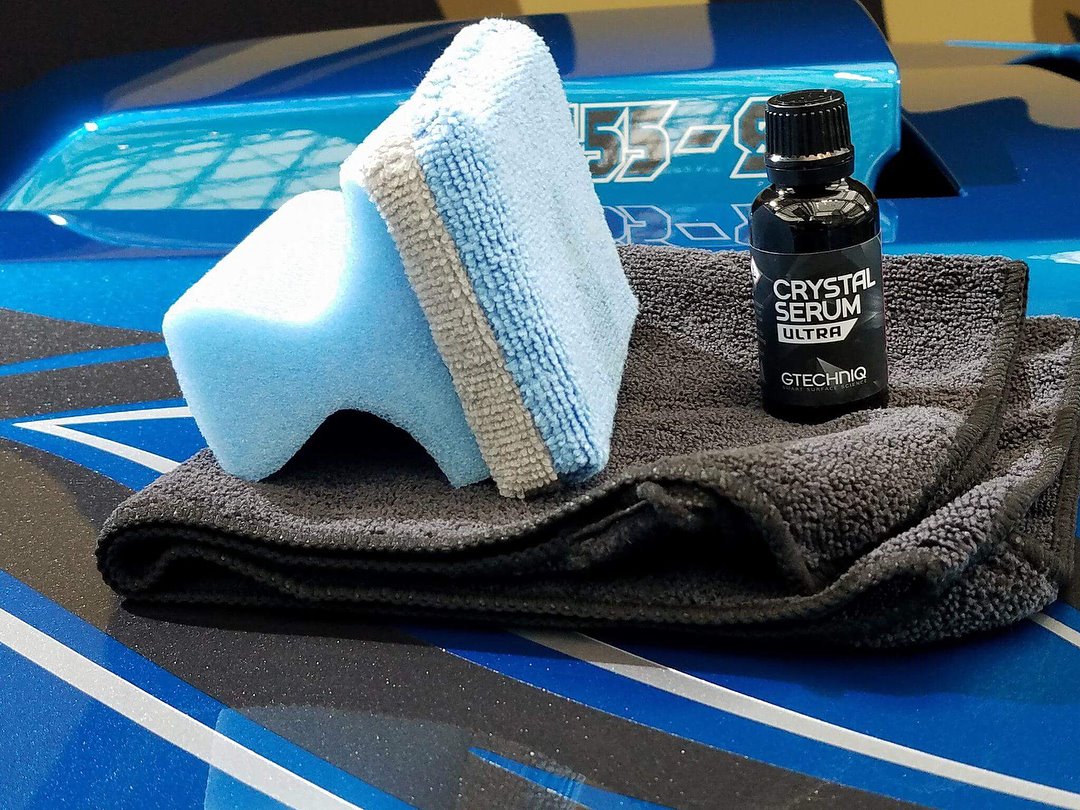Frequently Asked Questions

How long does Microfibre last?
High quality microfibre like Autofiber can last years but best way to decipher this is by the number of times the microfibre can be washed and dried.If the microfibre towel begins to leave particles on the surface you’re cleaning, then this is a sign of material degradation and that the towel is most likely at the end of its life. As an example, the dreadnought drying towel has proved to us that it can be used over 1000 times before it starts to wear down – that Is incredible!
What is Microfibre made of?
Microfibre is usually made of polyester, polyamide or is a blend of the two. The most common blend is 80% polyester and 20% Polyamide but the most favourable and highest quality blend for detailing is 70/30 blend. The more polyamide in the towel means that the towel is be softer and more absorbent and costs more, which is why cheaper microfibre will be a 90/10 or 80/20 blend.
What is the safest type of microfibre for paint?
The softest form of microfibre is the 70/30 blend and is also better to use plush weave so that the dust is least likely to be pushed into the paint when the towel is being dragged along the surface. If a very low pile towel is used and is not very soft (like a 80/20 blend) there is a high chance of soft and delicate surfaces being scratched. Bulk microfiber stores sell a lot of 80/20 low pile microfibre as it’s cheap and mass produced.
Can you wash Microfibre in hot water?
It all depends how hot the water is! But in Australia, if you have a modern hot water system whether it’s electric or gas, then it is safe to wash your towels in hot water especially when using Autofiber. We know that hot water will wear down poor quality, cheap microfibre but in our experience, Autofiber products are safe to be washed with hot water.
Can you put Microfibre in a clothes dryer?
Yes! There is a lot of talk online that it’s not safe but again, here in Australia, towels can be dried in a clothes dryer. We just recommend to not sue the hottest setting just so it does not potentially burn the fibres. The dryer helps ‘fluff up’ the microfibre, so even if you allowed your wet towels to dry on the line and then finish them in the dryer, that will help immensely, and save electricity too.
What is the best towel to use for ceramic coating leveling?
The softest! When leveling a ceramic coating on a vehicle, you want to ensure you are using an absorbent and soft microfibre towel. The 70/30 blend microfibre towels are the most ideal, which are the Utility towels! You will use more of the cheaper towels and they’ll have a higher risk of causing fine scratches and marring in the surface.
Are plush drying towels better than twist pile drying towels?
Twist pile drying towels are not as pretty, however their thicker ‘twist pile’ weave is much safer than a plush drying towel. The twist pile drying towel more so ‘hovers’ over the paint, having less contact to the surface which means they’ll be least likely to cause microscopic scratches and swirls.
What is the best type of Microfibre to clean glass?
There are many ways to clean glass, however the best towel for cleaning that also leaves the least amount of fluff behind is a Twist Pile glass towel. Once the surface is cleaned, use a waffle weave towel to wipe down the surface to remove any moisture.
Will Microfibre scratch my paint?
In short, Yes. Microfibre (and any other type of towel) will cause incredibly fine scratches that even the human eye can’t see at minimum, but that’s why the towel must be lubricated with a cleaning product, polish or wax. When quality microfibre is used the way it should with the right product, then there should be no noticeable scratches or marring – but if you use cheap microfibre with the wrong technique, then yes – you can cause scratches and swirls.



